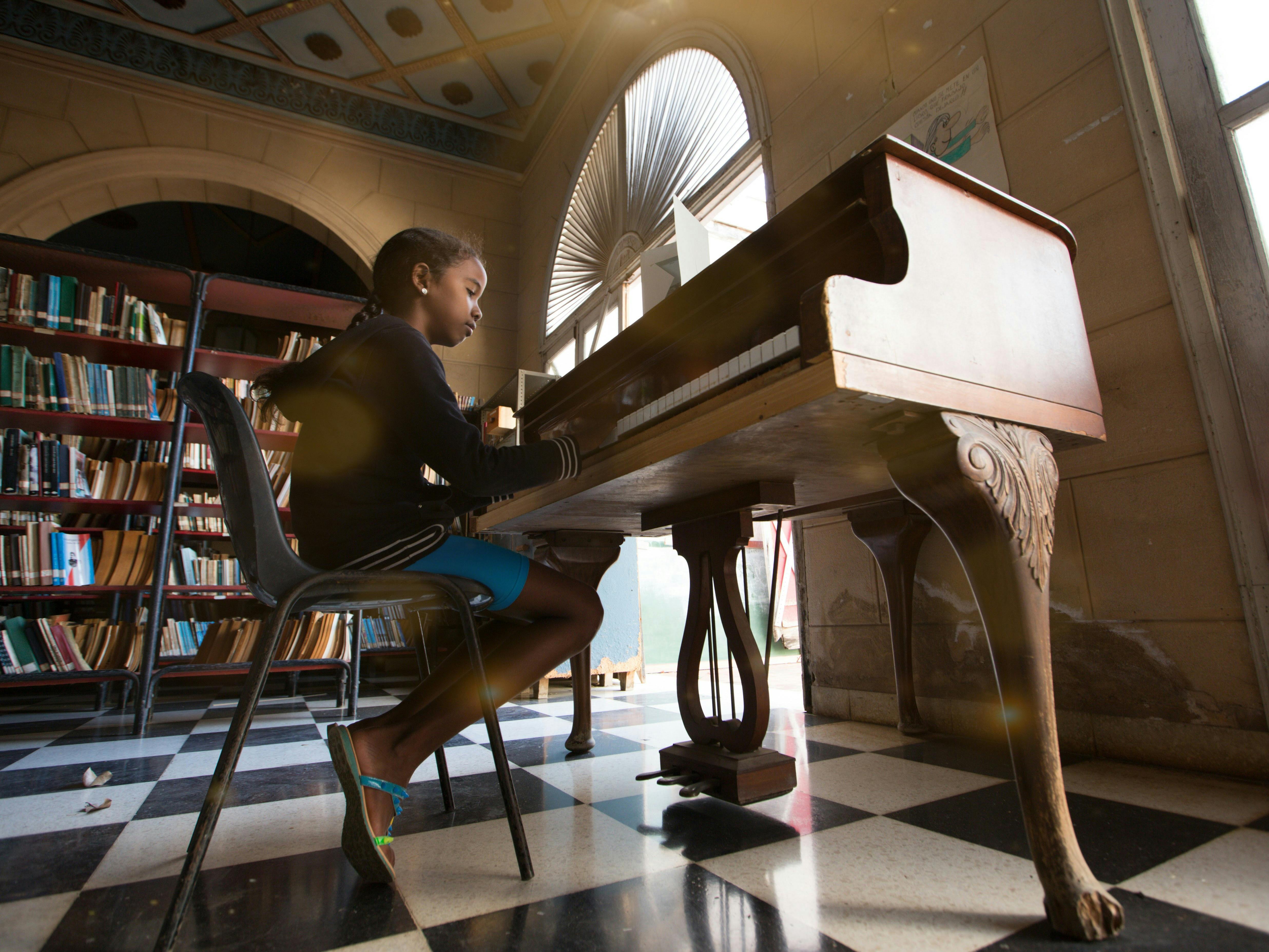I recently interviewed a man accused of stabbing another individual. The circumstances involved drinking, an altercation, and a woman who was the object of the affection of two men.
Witness statements were unreliable (as usual) because most people don’t see an event until they hear a commotion, then they look to see what’s going on. By asking others what happened, listening to people speak, and simply by a process of logical deduction, most witnesses swear that they observed an event. It is like a traffic accident: how many people hear the accident, then look at the consequences, but swear they witnessed the accident?
In this case, a boy (the suspect) was dancing with a girl. The dance became slow and sensual, which infuriated the date of the girl (the victim), who was watching the couple dance.
The words turned into shoving, the shoving turned into punches, and then the victim collapsed holding her stomach, stabbed to death.
The suspect was stopped by gorillas inside the bar, but the knife was found on the dance floor, so this case had some large holes. No witnesses were able to put the knife in the suspect’s hand at any time.
The suspect was arrested and had already been interviewed three times when I spoke to him. His lawyer hired me.
When I interviewed him, he seemed a bit arrogant, showing a feigned and tough attitude.
A little research showed that he had practically no record (some traffic stuff, no arrests). Despite his arrogant attitude, he was a small guy. I suspected he was doing a tough act because inside he was scared to death.
The arrest reports showed that the victim was approximately 3 inches taller than the suspect, 4 years older, and 40 pounds heavier. Plus, the victim really was a tough guy, with an arrest record full of assaults, battery charges, and weapons. In fact, the victim was on probation at the time of the bar fight.
I decided to use an interview approach that has worked well for me in the past: contrast. Specifically, contrast the actions of the suspect with those of a “normal” person in the same circumstances.
Here’s how it works: When the suspect told me about the shoving and punching, I asked him if he was scared. Quickly, before he could deny that he was scared, I told him “because I would have been scared in that situation, any normal person would have been.”
As we progressed through the scene of the fight, at each moment of the story he contrasted his behavior with that of a normal person. I asked him the following:
“Did you carry a knife that night to protect yourself? That would have been normal, being alone.”
“Were you scared when you were dancing with (the victim’s) girlfriend? That would have been normal.”
“Did you even know that the girl was the girlfriend (of the victim)? If it was me, or any normal person, I would never have danced with her with that big man watching.”
As I spoke to the suspect, he slowly began to agree with me to act like a “normal” person. When we finished, he admitted to stabbing the victim during the fight. He said he was scared to death of the bigger guy and I believed him. In fact, I said that any “normal” person would have freaked out.
The case is still making its way into the system so I don’t know the outcome. But the prosecutor now has a confession from the suspect. Even more important, a better picture of the total circumstances emerged. Who knows, a jury may even acquit the suspect if they believe he feared for his life and acted in self-defense.
The point here is that this contrast method has worked well for me in countless situations. Simply telling suspects that they may have acted in a “normal” manner generally garners acceptance, agreement, and admissions.
Like all interview techniques, give it a try and see if it works for you. What can be lost?



